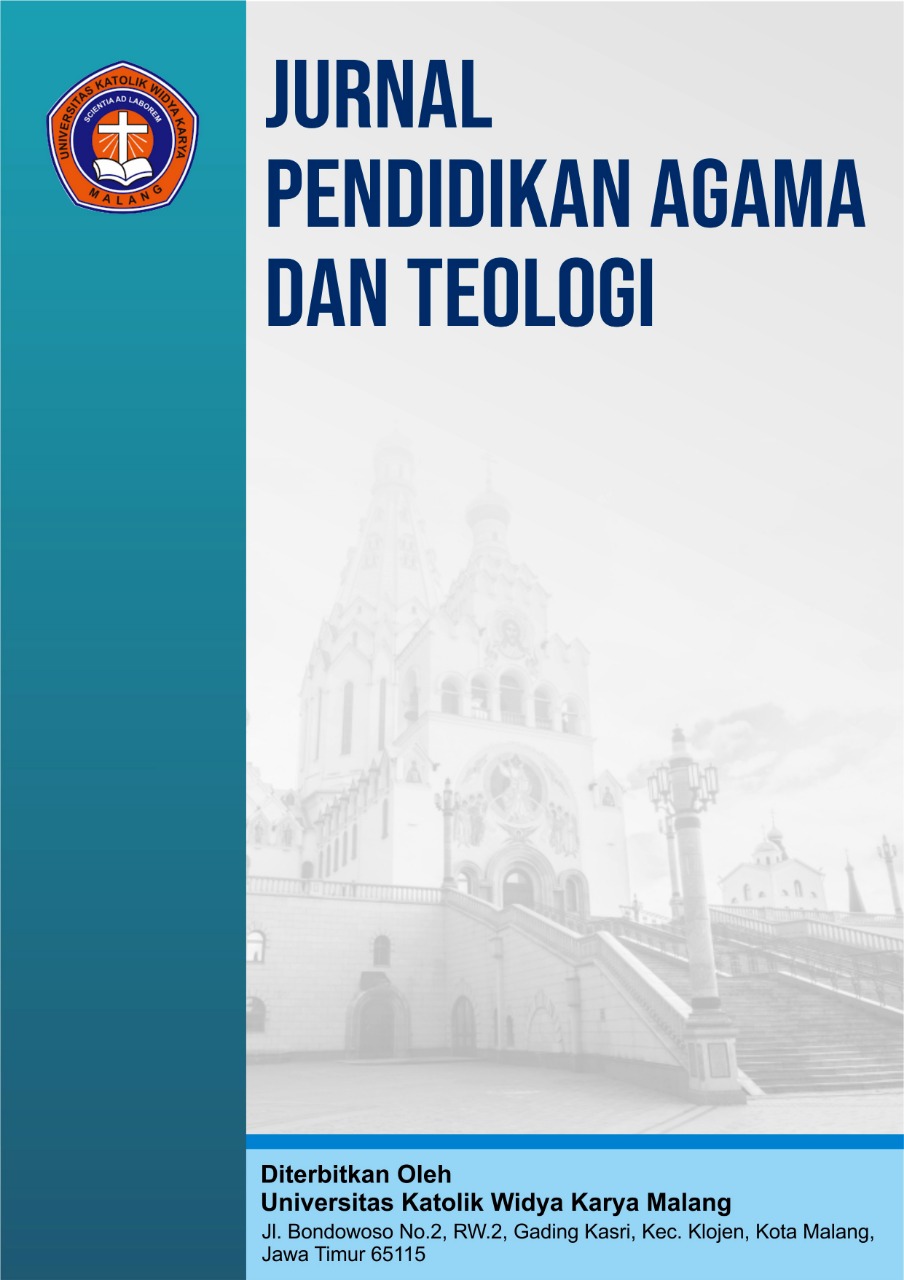Analisis Makna Yang Tersirat dalam Kitab Matius 13:1-23: Pendekatan Linguistik Pragmatik
DOI:
https://doi.org/10.59581/jpat-widyakarya.v3i1.4573Keywords:
Linguistics, Pragmatics, Parables, SpiritualAbstract
Language plays a crucial role in everyday life as a tool for communication, not only conveying information but also expressing deeper meanings, especially those that are implicit. One of the relevant fields of study to understand these implied meanings is pragmatics. In this context, the Gospel of Matthew, particularly the parable of the sower in Matthew 13:1-23, becomes an intriguing object of analysis because it contains spiritual and moral teachings that are relevant to modern life. This research adopts a qualitative approach with a literature study to explore the implicit meaning within this parable. Matthew 13:1-23 illustrates various human responses to God's word through the analogy of seed sowing, involving four types of soil as symbols of the condition of the human heart. This study also examines the parable of Jesus in the social and cultural context of His time, as well as its implications within pragmatics, which emphasizes the importance of context and the listener's attitude in understanding the message being conveyed. The research findings suggest that the parable of the sower not only portrays the spiritual condition of individuals but also reflects the challenges faced by society in accepting the teachings of Christ. Through a pragmatic analysis, a deeper meaning of this parable can be understood, offering insights for moral and spiritual life today. This study is expected to provide a more comprehensive understanding of Jesus' teachings and their relevance in contemporary life.
References
Alkitab. (2018). Terjemahan Baru.
Clarke, H. (2003). The Gospel of Matthew and its readers. Indiana: Indiana University Press.
Farno, G. Studi Perjanjian Baru: Injil dan Kisah Para Rasul.
France, R. T. (2007). The Gospel of Matthew. The New International Commentary on the New Testament, 15–20.
Hakh, S. B. (2010). Perjanjian Baru: Sejarah, pengantar dan pokok-pokok teologisnya. Bandung: Bina Media Informasi.
Hutagalung, M. (2020). Analisis perumpamaan penabur dalam konteks sosial budaya. Jurnal Penelitian Teologi, 8(2), 123–135.
Paul, J. (2016). Perumpamaan Yesus: Makna dan relevansinya (pp. 45–50). Jakarta: BPK Gunung Mulia.
Setyawan, Y. B. (2023). Pengantar untuk studi hermeneutik Perjanjian Baru.
Siahaan, A. S. (2019). Menggali makna perumpamaan Yesus (pp. 67–70). Yogyakarta: Kanisius.
Simanjuntak, E. (2021). Perumpamaan Yesus dan implikasinya bagi kehidupan umat Kristen. Jurnal Teologi dan Misi, 6(3), 78–90.
Sultan. (2019). Pragmatik: Teori dan analisis makna konteks dalam bahasa (p. 84).
Tanjung, R. (2019). Relevansi perumpamaan penabur dalam kehidupan Kristen masa kini. Jurnal Teologi dan Pendidikan Kristen, 5(1), 45–60.
Tarigan, H. G. (2021). Pengajaran pragmatik. Bandung: Angkasa.
Yule, G. (2016). The study of language.














